IoT in Healthcare: Remote Patient Monitoring
The Internet of Things (IoT) has emerged as a transformative force across various sectors, and healthcare is no exception. One of the most significant applications of IoT in healthcare is remote patient monitoring (RPM), which leverages connected devices to monitor patients’ health outside traditional clinical settings. This innovative approach not only enhances patient care but also improves healthcare efficiency, reduces costs, and empowers patients to take control of their health. This article explores the role of IoT in remote patient monitoring, its benefits, challenges, and future prospects.
Understanding Remote Patient Monitoring
Remote patient monitoring refers to the use of technology to collect and transmit patient data from their homes or other non-clinical settings to healthcare providers. This data can include vital signs, medication adherence, and other health metrics, allowing healthcare professionals to monitor patients’ conditions in real-time. RPM is particularly beneficial for patients with chronic conditions, post-operative care needs, and those requiring ongoing health management.
Key Components of IoT in Remote Patient Monitoring
Wearable Devices: Wearables such as smartwatches, fitness trackers, and specialized medical devices (e.g., heart rate monitors, glucose meters) collect health data and transmit it to healthcare providers.
Mobile Health Applications: These applications allow patients to input their health data, receive reminders for medication, and communicate with healthcare professionals.
Cloud Computing: Data collected from IoT devices is often stored and processed in the cloud, enabling healthcare providers to access and analyze patient information from anywhere.
Data Analytics: Advanced analytics tools process the vast amounts of data generated by IoT devices, providing insights that can inform clinical decisions and improve patient outcomes.
Telehealth Platforms: These platforms facilitate virtual consultations between patients and healthcare providers, allowing for timely interventions based on real-time data.
Benefits of IoT in Remote Patient Monitoring
1. Enhanced Patient Engagement
IoT-enabled remote patient monitoring empowers patients to take an active role in managing their health. By providing real-time feedback on their health metrics, patients can make informed decisions about their lifestyle and treatment plans. This increased engagement often leads to better adherence to treatment regimens and improved health outcomes.
2. Improved Access to Care
Remote patient monitoring breaks down geographical barriers, allowing patients in rural or underserved areas to access healthcare services. Patients can receive timely medical attention without the need for frequent visits to healthcare facilities, reducing travel costs and time.
3. Early Detection of Health Issues
IoT devices continuously monitor patients’ vital signs and health metrics, enabling healthcare providers to detect potential health issues early. For example, a sudden spike in a patient’s heart rate or blood pressure can trigger an alert, prompting immediate intervention. Early detection can prevent complications and reduce hospitalizations.
4. Cost Savings
Remote patient monitoring can lead to significant cost savings for both patients and healthcare systems. By reducing the need for in-person visits and hospitalizations, RPM minimizes healthcare costs. Additionally, it allows healthcare providers to allocate resources more efficiently, focusing on patients who require immediate attention.
5. Better Chronic Disease Management
Chronic diseases such as diabetes, hypertension, and heart disease require ongoing monitoring and management. IoT-enabled RPM allows healthcare providers to track patients’ conditions in real-time, adjusting treatment plans as needed. This proactive approach can lead to better disease management and improved quality of life for patients.
6. Streamlined Workflow for Healthcare Providers
Remote patient monitoring reduces the administrative burden on healthcare providers by automating data collection and analysis. Providers can access patient data in real-time, allowing for more efficient decision-making and care coordination. This streamlined workflow can lead to improved patient satisfaction and outcomes.
Challenges of Implementing IoT in Remote Patient Monitoring
Despite the numerous benefits, the implementation of IoT in remote patient monitoring faces several challenges:
1. Data Security and Privacy
The collection and transmission of sensitive health data raise significant concerns about data security and patient privacy. Cybersecurity threats, such as hacking and data breaches, can compromise patient information. Healthcare organizations must invest in robust security measures, including encryption, access controls, and regular security audits, to protect patient data.
2. Interoperability
The healthcare ecosystem comprises various devices, applications, and systems, many of which may not be compatible with one another. Ensuring interoperability between different IoT devices and healthcare systems is crucial for seamless data exchange and effective patient monitoring.
3. Regulatory Compliance
Healthcare organizations must navigate a complex landscape of regulations governing the use of health data, including the Health Insurance Portability and Accountability Act (HIPAA) in the United States. Compliance with these regulations is essential to protect patient privacy and avoid legal repercussions.
4. Patient Adoption and Engagement
While IoT-enabled remote patient monitoring offers numerous benefits, patient adoption can be a challenge. Some patients may be hesitant to use technology or may lack the necessary digital literacy. Healthcare providers must invest in education and support to encourage patient engagement with RPM technologies



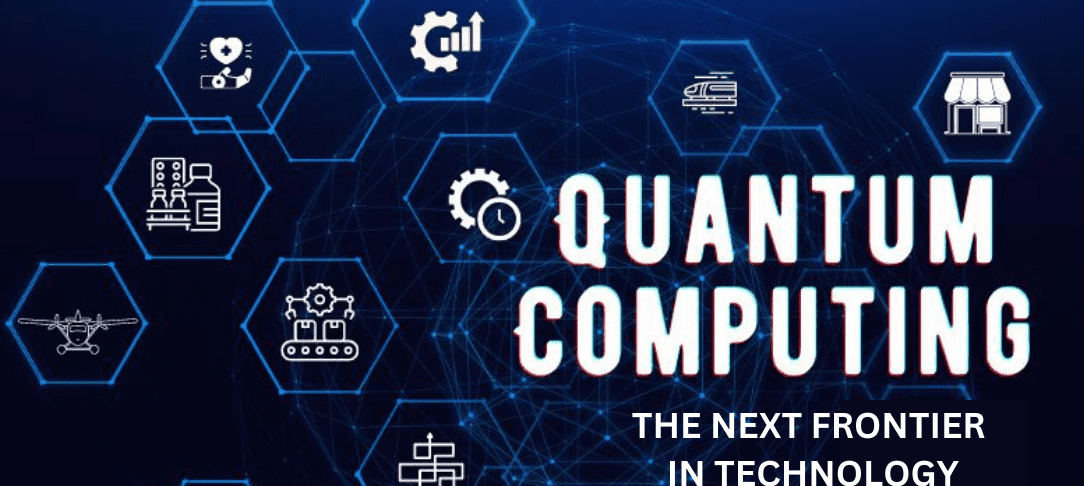




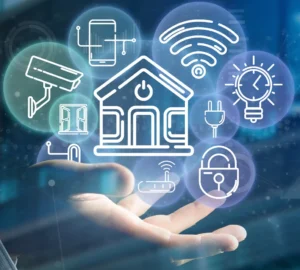
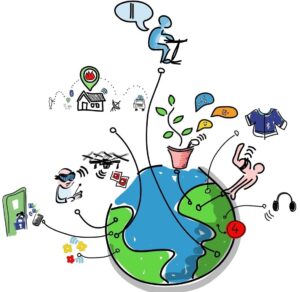
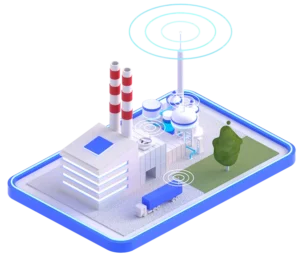
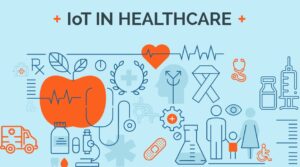

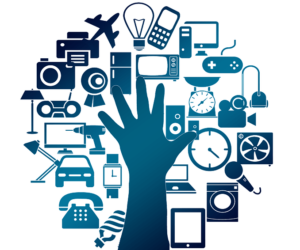
Post Comment